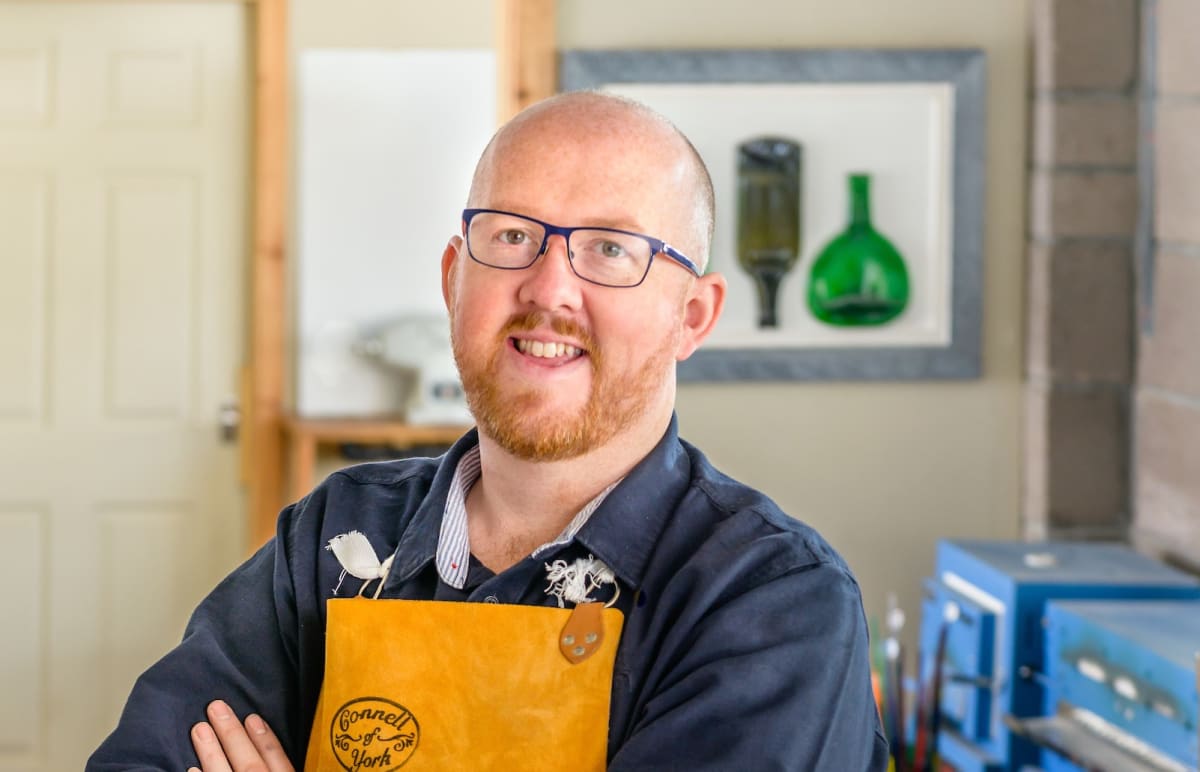
What do you see when you look at this pendant? To the untrained eye, it might look like … a pendant. But to those in the know, it’s something unusual, and completely unique: those flecks and swirls in the glass are made from the ashes of someone who has died.
In fact, the necklace is just one item in a range of mourning jewellery and sculpture created by glassmaker Kenny Scott and his team at Ash Glass Design. Based in the picturesque village of Clovenfords in the Scottish Borders, Kenny and co. craft bespoke cremation glass jewellery for families who want a subtle way to carry their loved one’s ashes with them.
So, how does one become a cremation glassmaker, exactly, and how is cremation glass actually made? To find out more about this relatively new answer to the question of what to do with ashes, we had a chat with Kenny …
How did Ash Glass Design get started?
 Kenny began his career at the tender age of 16, leaving school to take on a five-year apprenticeship in making glass from scratch. 20 years later, he was creating glasswork for museums and clients when he received an unusual request:
Kenny began his career at the tender age of 16, leaving school to take on a five-year apprenticeship in making glass from scratch. 20 years later, he was creating glasswork for museums and clients when he received an unusual request:
“One of my friends who’s a funeral director approached me and asked if I would make a memorial pendant for someone using ashes”, Kenny told Beyond. While at first Kenny wasn’t sure (he describes it as “a wee bit of a Marmite moment”) the family was so pleased with the result that he immediately realised that he wanted to do it again.
“After I made the pendant and met the family, it was the best feeling I’ve ever had when making something for someone”, Kenny explained. “They were so happy, and it’s such a precious thing that you’re making for them, that I thought, ‘Oh, I really like doing this.’
“Basically, that was it: I put a wee range together, and from there it’s kind of grown. I love doing it.”
“Nobody would know what it was other than them, and I think that’s the beauty of it.”
Why do people like cremation jewellery?
Cre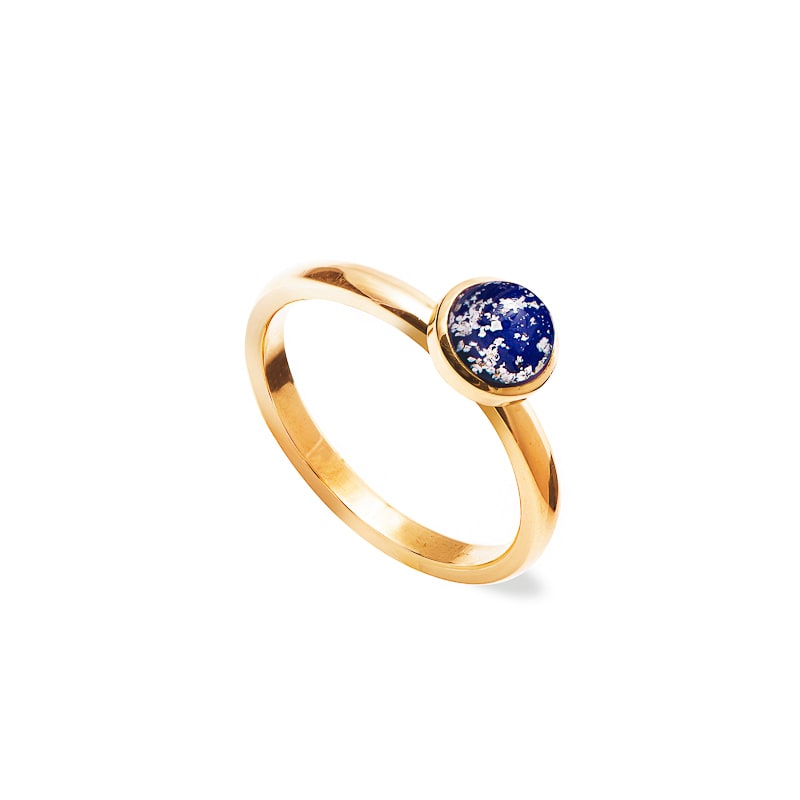 mation jewellery isn’t for everyone – but while some find the concept morbid, others like the idea of keeping a loved one close in a subtle way. “I speak to all the customers, and I think for them the nicest thing is the fact that they can have their loved one with them all the time, and it’s not in your face. It doesn’t have a big sign saying what it is – it’s just a lovely piece of jewellery”, Kenny said.
mation jewellery isn’t for everyone – but while some find the concept morbid, others like the idea of keeping a loved one close in a subtle way. “I speak to all the customers, and I think for them the nicest thing is the fact that they can have their loved one with them all the time, and it’s not in your face. It doesn’t have a big sign saying what it is – it’s just a lovely piece of jewellery”, Kenny said.
“Nobody would know what it was other than them, and I think that’s the beauty of it. Everybody says that they get so much comfort out of having it.”
In Ash Glass Design’s range, rings are the most popular option: “Somebody said to me, it’s like they’re still holding my hand.
“We do lots for weddings as well, my goodness. For somebody who has maybe lost a parent, it’s like [their loved one] can be there on their wedding day. It’s a lovely way to have them with you.”
“There’s always something you want to try and create differently and try and adapt.”
How is cremation glass jewellery made?
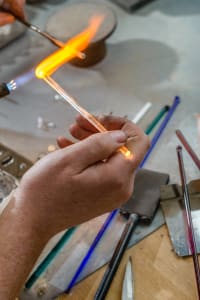 The process of making cremation glass jewellery is long and somewhat delicate, with great care taken to make sure the right ashes (“labelled, bagged, boxed, bagged again”, Kenny reports) are used.
The process of making cremation glass jewellery is long and somewhat delicate, with great care taken to make sure the right ashes (“labelled, bagged, boxed, bagged again”, Kenny reports) are used.
At Ash Glass Design, everything is made in-house. After a discussion with the family about the design, Kenny melts their required colour of glass to make a base. He then carefully adds the ashes before sealing it over with clear glass to make a perfect finished surface.
After some time spent in the kiln – it takes a day and a half to gradually cool the hot glass down – the glass is polished down with diamond tools and set into the gold or silver using a traditional technique. Any ashes left over are returned to the family along with the finished piece.
“You have to know the procedures for cooling glass down, how to heat it up, how compatible it is with other materials, so it’s quite a wee science on its own,” Kenny said, adding that “there’s always something you want to try and create differently and try and adapt. You’re always making new designs as well, to stretch the boundaries a bit.”
“I still get phone calls three or four months down the road from some of my customers saying how happy they are, and what it means to them”
Do you take requests?
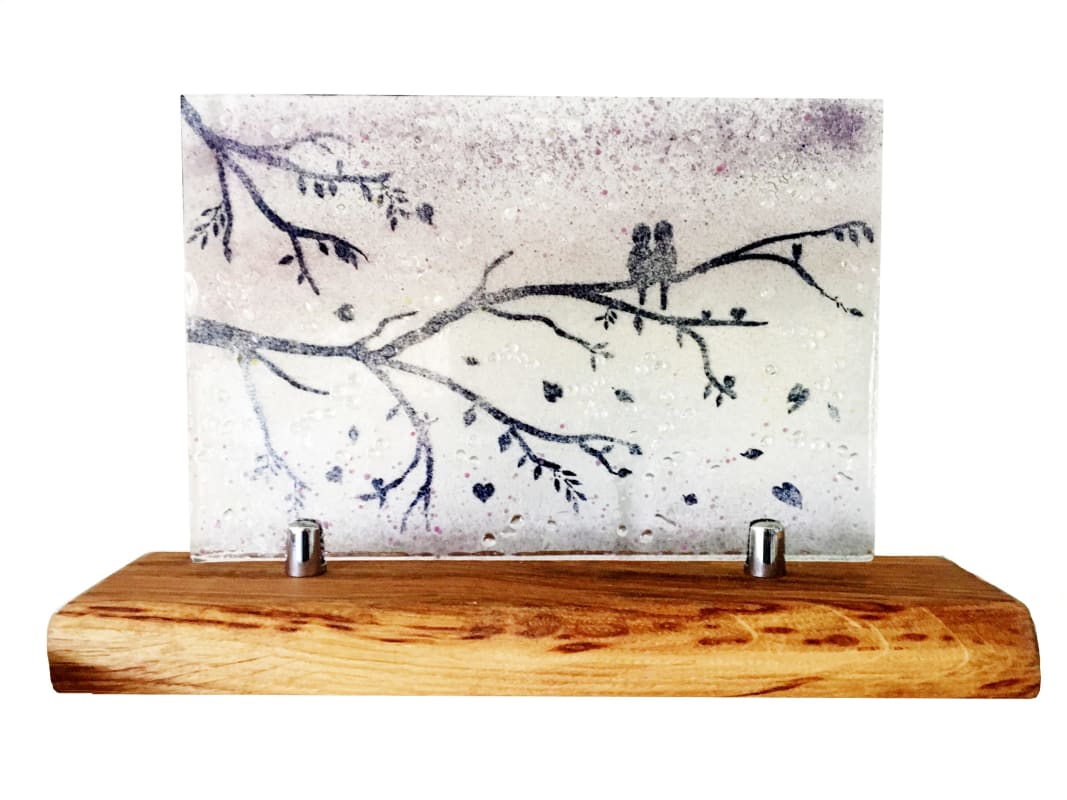 Because Ash Glass Design is a small company (Kenny, his wife Emma and “amazing” goldsmith Joanna) the team are able to take requests to make each piece of glass unique: “If somebody wants a bespoke colour in their jewellery, we never charge any extra … We do what we can to help folk get what they want. If [a customer] wants something to be adapted somehow, then we look into it for them”, Kenny explained.
Because Ash Glass Design is a small company (Kenny, his wife Emma and “amazing” goldsmith Joanna) the team are able to take requests to make each piece of glass unique: “If somebody wants a bespoke colour in their jewellery, we never charge any extra … We do what we can to help folk get what they want. If [a customer] wants something to be adapted somehow, then we look into it for them”, Kenny explained.
“Sometimes it’s not as feasible as they might think initially, but we can talk them through it, and find the best option for them.”
Customers appreciate this personal service: “I still get phone calls three or four months down the road from some of my customers saying how happy they are, and what it means to them. Even a couple of years down the road, we still get them phoning back, asking how we are. It’s lovely.”
Want to find out more about Ash Glass Design? Check out their website, www.ashglassdesign.co.uk, give the team a ring on 01896 850447, or contact Kenny at [email protected].
About mourning jewellery …
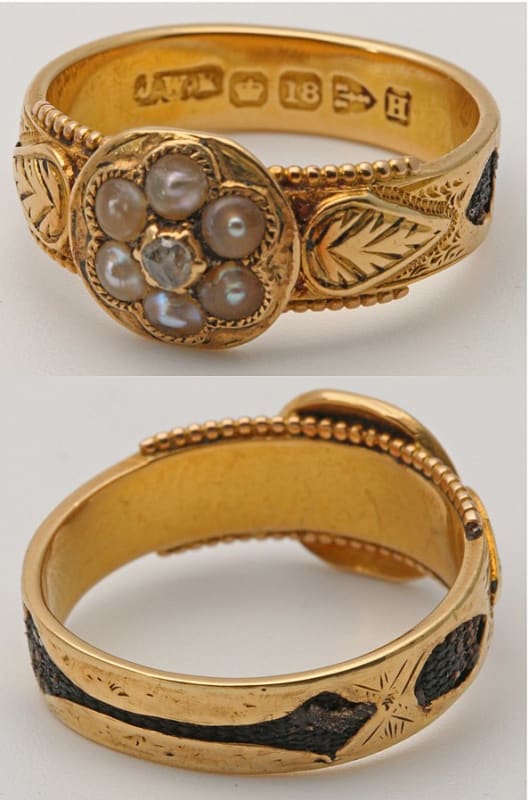
Mourning jewellery dates back as far as the 1600s, when stern memento mori-themed rings (‘remember that you must die’) were gradually overtaken by more personal tokens of grief. Examples from the British Museum demonstrate how gruff messages like “learn to dye” were replaced by kinder tributes, such as “not lost but gone before” and “not dead but sleepeth”.
At its peak in the Victorian era, mourning jewellery was worn as part of a strict dress code for the bereaved. Mourning rings were joined by broaches and lockets, and were often made with jet (a precious stone that, being black, was thought to be mourning period-appropriate). Many contained a lock of the hair from the person who had died, or a miniature portrait.
Popularity eventually declined as life expectancy increased – by World War One, mourning jewellery was out of vogue. But the desire shared by bereaved families for physical mementos of their loved ones never really went away.
Now, the rise in cremation – 70% of people in the UK choose it over burial – and increasing openness about death are leading to a rise in interest, with companies like Ash Glass Design offering a more contemporary take.


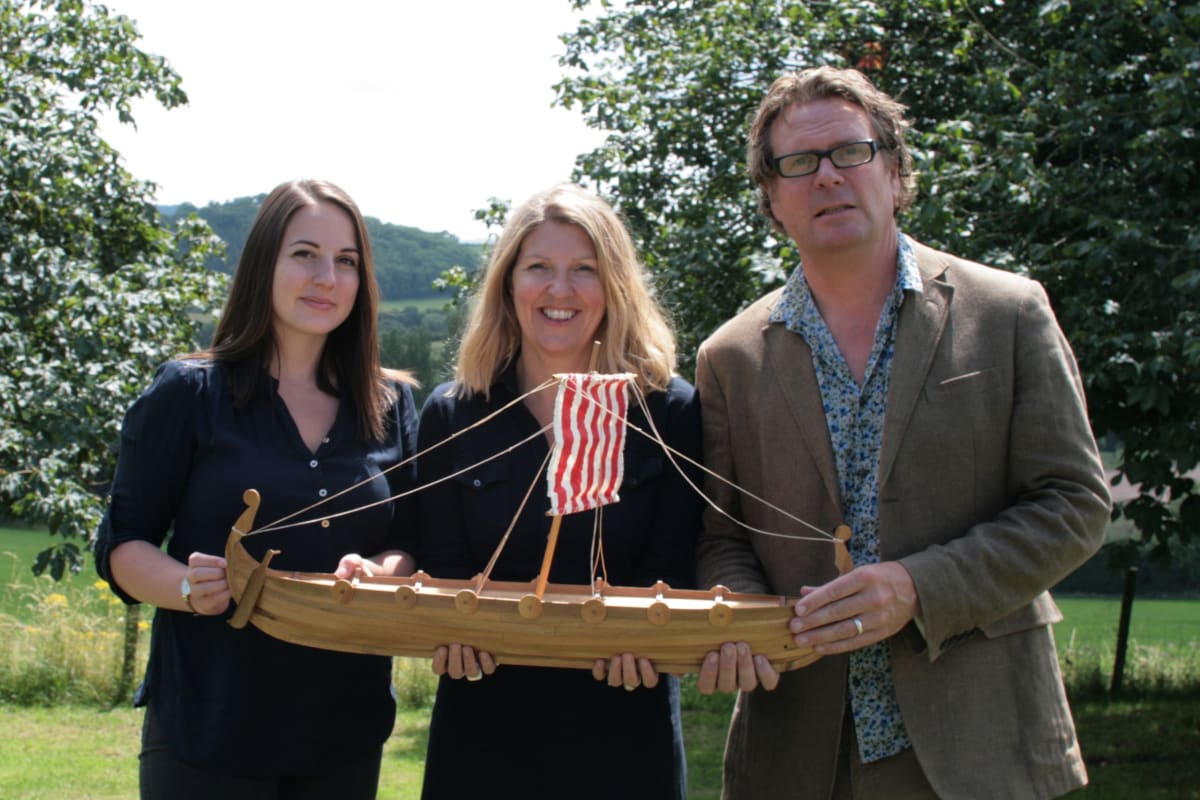

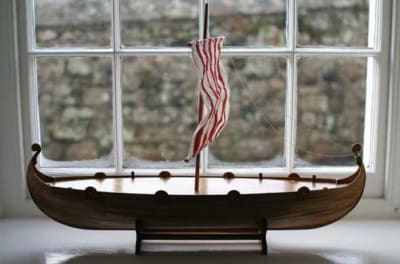
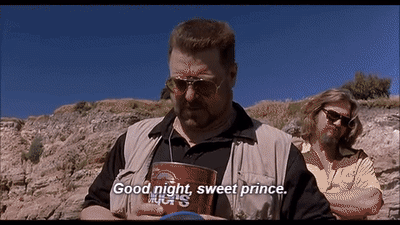

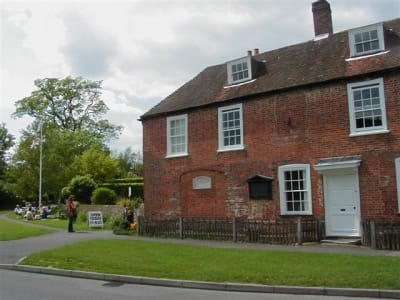



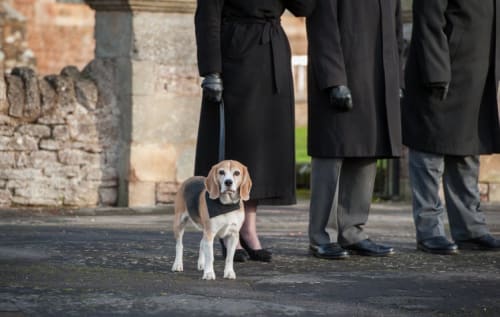
That was a nice story. I wanted to learn how to make cremation glass jewelry for my grandmother. I could personalize cremation jewelry Mom suggested buying cremation jewelry that you can put ashes inside a pendant. I’m looking on this website https://minimemorials.com/collections/glass Thinking about what I can recommend for my mom for my grandmother’s urn.